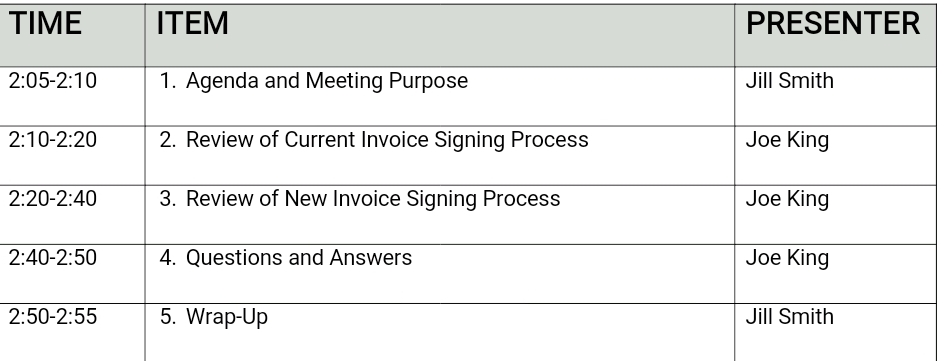Module Nine:
Meeting Management:-
Work meetings can sometimes be dull and irrelevant, consuming valuable company time. However when meetings are properly planned, they can incite a productive, enthusiastic team. Meetings are great for many workplace discussions, such as to solve problems, develop ideas or even to provide direction. To make this time count during work meetings, you need to follow the right approaches to assemble the ultimate meeting.
Deciding if a Meeting is Necessary
The first thing you need to decide is if a formal meeting is necessary. Perhaps those morning staff meetings could be reduced to a few times a week instead of every day, or maybe they could take place over morning coffee, and be more informal.
To determine if a meeting is necessary, here are some important questions to consider:
1. What is the clear goal, or deliverables to this meeting?
2. Does this topic require outside input for development?
3. Does this topic entail a face-to-face conversation, and if so, who should be included in this conversation?
4. Will this meeting make valuable use of time for the employees?
Using the PAT Approach
Using the PAT approach to prepare and schedule is a great tool for the most effective meeting management.
All meetings should have a purpose, agenda, and time frame.
· Purpose: What is the purpose of the meeting? This should be stated in one short sentence. Example: “This meeting is to review the new invoice signing policy.” This helps people evaluate if they need to be there. It will also help you build the agenda and determine if the meeting was successful.
· Agenda: This is the backbone of the meeting. It should be created well in advance of the meeting, sent to all participants and observers, and be used during the meeting to keep things on track.
· Time frame: How long will the meeting be? Typically, meetings should not exceed one hour. If the meeting needs to be longer, make sure you include breaks, or divide it into two or more sessions.
